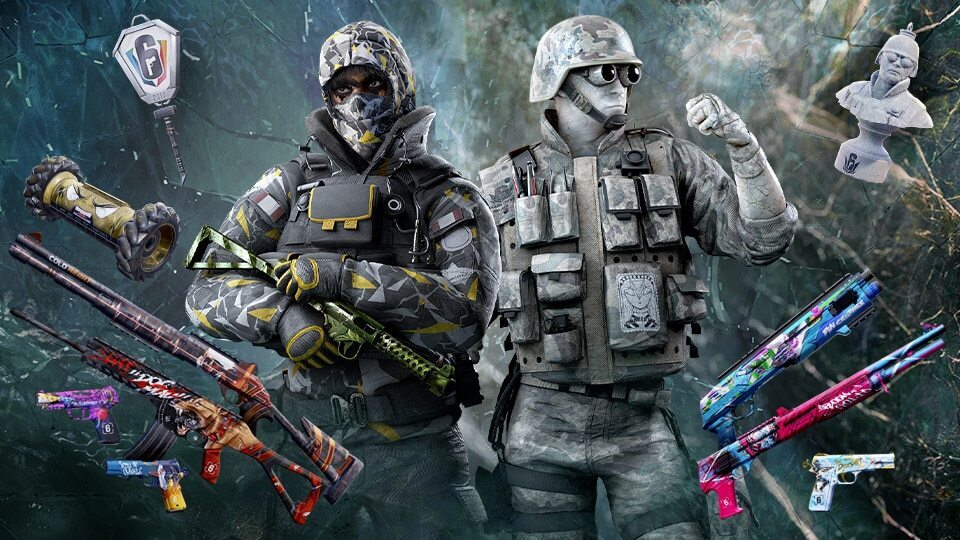Automotive parts packing is more than just placing items in a box and sealing it. Given the wide range of parts—some delicate, others bulky, and many with unique handling requirements—using the right packing methods ensures that components arrive safely, efficiently, and in compliance with regulations. Poor packaging can lead to damaged goods, increased shipping costs, and logistical headaches.
By implementing the best practices outlined below, businesses can enhance their packaging strategy, reduce risks, and streamline their shipping process. From choosing the right materials to ensuring regulatory compliance, here’s what you need to know.
Selecting the Right Packaging Materials
One of the most crucial aspects of automotive parts packing is selecting the appropriate packaging materials. Since automotive components vary in size, shape, and fragility, a one-size-fits-all approach won’t work. Instead, a tailored packing solution ensures maximum protection while optimizing shipping efficiency.
Consider the following materials based on the type of part being shipped:
- Corrugated Boxes – These are the industry standard for shipping most automotive parts. They provide durability and flexibility while being lightweight enough to keep shipping costs down.
- Foam Inserts & Molded Trays – Ideal for fragile or oddly shaped parts like sensors, electronic modules, and delicate glass components. These inserts keep items in place and absorb shocks.
- Bubble Wrap & Air Pillows – Great for filling voids within packaging and protecting smaller or fragile items from impact.
- Plastic Containers & Totes – Frequently used for bulk shipments, particularly within supply chains that require reusable and stackable packaging solutions.
- Anti-Static Packaging – Necessary for electronic components such as control units and wiring harnesses to prevent electrostatic discharge (ESD) damage.
- Pallets & Wooden Crates – Essential for oversized, heavy, or high-value components like engines, transmissions, and suspension systems. Crates provide added stability and protection against environmental factors.
Using the right materials not only safeguards the product but also improves cost efficiency by reducing excess weight and wasted space. However, even the best materials won’t prevent damage if fragile components aren’t packed correctly.
Protecting Fragile Components During Transit
Delicate automotive parts, such as windshields, headlights, touchscreens, bearings, and electronic control units, require extra care. Improper handling or inadequate cushioning can result in costly damage, leading to returns, replacements, and potential delays.
To prevent these issues, businesses should adopt the following protective measures:
- Layered Cushioning – Using multiple layers of foam, bubble wrap, or air cushions ensures that parts absorb shocks and vibrations effectively.
- Separation Dividers – Parts with delicate surfaces should never touch each other directly. Using dividers prevents scratches, dents, and cracks.
- Shock-Absorbing Materials – Adding foam pads or specially designed inserts inside the packaging helps mitigate the impact of sudden movements or drops.
- Tight Fit Packing – Items should be secured to prevent shifting inside the box. Empty spaces should be filled with air pillows or crumpled paper to avoid movement during transit.
- Moisture & Corrosion Protection – Some parts, such as metal components and electronic modules, are susceptible to moisture. Desiccants, vacuum-sealed bags, or corrosion-resistant coatings help mitigate these risks.
Ensuring proper protection reduces the likelihood of damages, leading to fewer claims and higher customer satisfaction. But protection alone isn’t enough—proper labeling is also critical for a smooth shipping process.
Ensuring Accurate Labeling and Documentation
No matter how well a package is packed, improper labeling can lead to misdirected shipments, lost inventory, and frustrated customers. Accurate documentation ensures that each shipment reaches the right destination without unnecessary delays.
Here’s how to improve shipping accuracy through proper labeling:
- Clear Identification – Each package should display key details, including part numbers, descriptions, and weight specifications.
- Handling Instructions – Labels should indicate if the contents are fragile, require special handling, or have a preferred orientation (e.g., “This Side Up”).
- Barcode & QR Code Integration – Scannable codes help with inventory tracking, reducing errors and expediting warehouse processing.
- Customs & Compliance Forms – For international shipments, accurate documentation ensures smooth customs clearance. Missing or incorrect paperwork can lead to costly delays.
- Packing Slips & Invoices – Every shipment should include a detailed list of its contents to prevent confusion and assist in inventory management.
Well-organized labeling not only speeds up delivery but also minimizes errors that could otherwise disrupt the supply chain. Beyond documentation, businesses should also focus on packing efficiency to optimize costs.
Maximizing Space and Reducing Excess Weight
Effective automotive parts packing is about more than just protection—it’s also about efficiency. Poorly optimized packaging can lead to increased shipping costs, wasted materials, and logistical inefficiencies. By maximizing space utilization and reducing unnecessary weight, businesses can lower expenses while maintaining product integrity.
To improve packing efficiency, consider these strategies:
- Right-Sized Packaging – Avoid oversized boxes that require excessive filler materials. Custom-sized boxes ensure a snug fit, reducing unnecessary bulk.
- Stackable & Modular Designs – Using standardized packaging that stacks neatly minimizes wasted space during transportation and storage.
- Lightweight, Durable Materials – Opting for strong yet lightweight materials, such as reinforced corrugated cardboard, helps balance protection and cost-efficiency.
- Weight Distribution Planning – Heavy items should be packed at the bottom of the box or pallet, with lighter components placed on top to maintain stability.
- Multi-Item Packing – Whenever possible, group compatible parts together to minimize the number of shipments while ensuring proper separation to avoid damage.
A well-optimized packing strategy reduces costs, enhances handling efficiency, and contributes to a smoother shipping process. However, no matter how well a package is packed, it must still meet regulatory and industry requirements.
Meeting Industry Standards and Compliance Requirements
Compliance is a key factor in automotive parts packing, as regulations vary depending on the type of product and shipping destination. Failing to meet these standards can result in shipment delays, fines, or even legal repercussions.
Key compliance considerations include:
- Hazardous Material Handling – Some automotive parts, such as lithium-ion batteries, airbags, and fuel system components, are classified as hazardous materials and require specialized packaging and labeling.
- Environmental Regulations – Many countries are pushing for sustainable packaging solutions to minimize waste. Using biodegradable, recyclable, or reusable materials can help businesses comply with these requirements.
- Carrier & Logistics Standards – Different shipping carriers have size, weight, and material restrictions that must be followed to avoid extra fees or rejected shipments.
- International Shipping Regulations – When shipping across borders, ensure that all customs documentation and labeling requirements comply with the destination country’s regulations.
- ISPM 15 for Wooden Packaging – If using wooden crates or pallets for international shipping, they must be heat-treated and stamped according to ISPM 15 regulations to prevent pest contamination.
By adhering to industry standards, businesses can avoid disruptions, ensure smooth transportation, and maintain a strong reputation with customers and partners.
Strengthening Your Packing Strategy for Success
The way automotive parts packing is handled can make or break the efficiency of a supply chain. By carefully selecting the right materials, safeguarding fragile components, implementing proper labeling, optimizing space, and complying with industry regulations, businesses can ensure that their shipments arrive safely and cost-effectively.
A well-thought-out packing strategy not only minimizes the risk of damage but also enhances customer satisfaction, reduces waste, and streamlines logistics operations. With attention to these best practices, companies can improve their shipping efficiency, cut down on unnecessary expenses, and maintain a strong competitive edge in the automotive industry.






